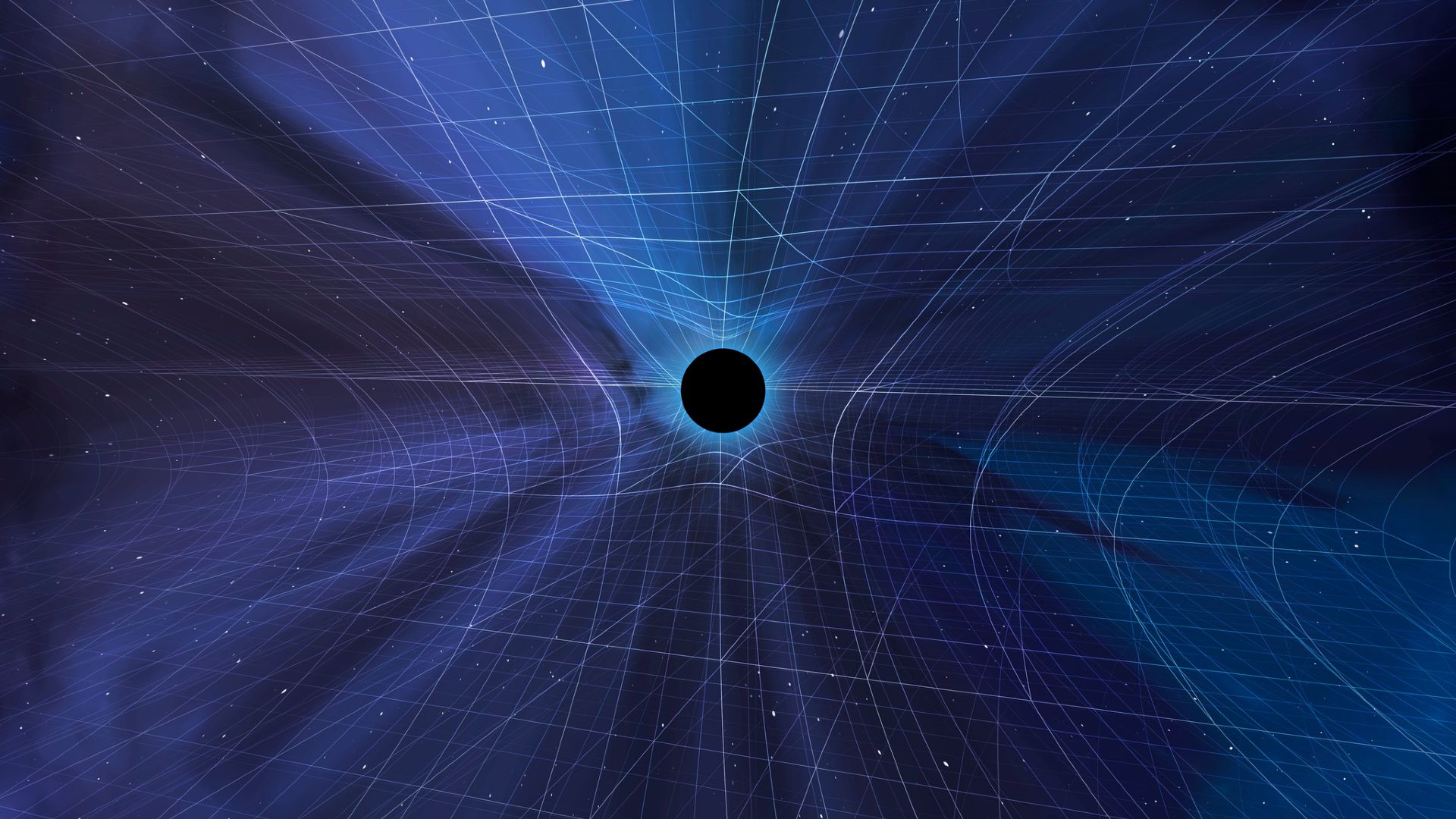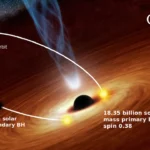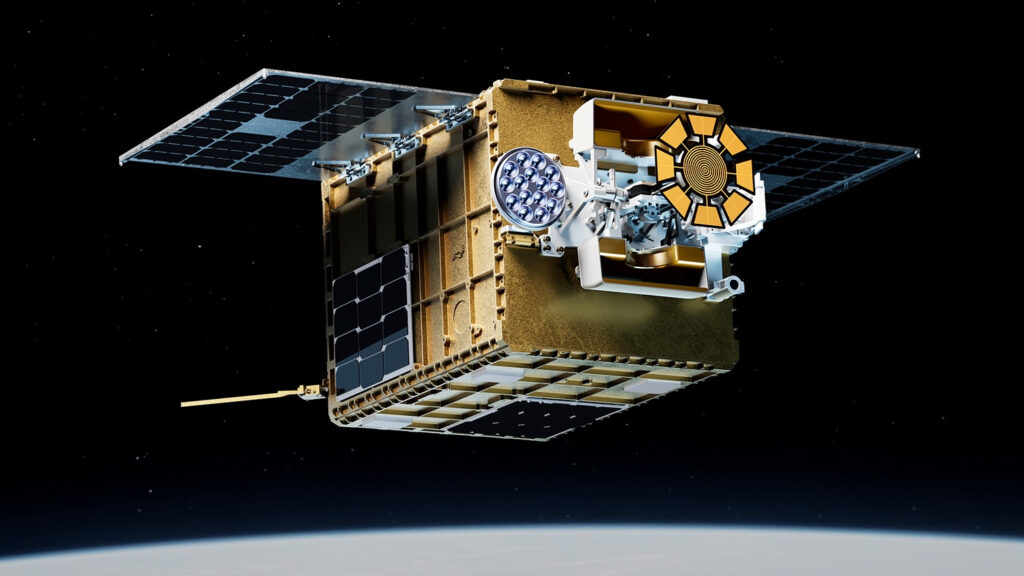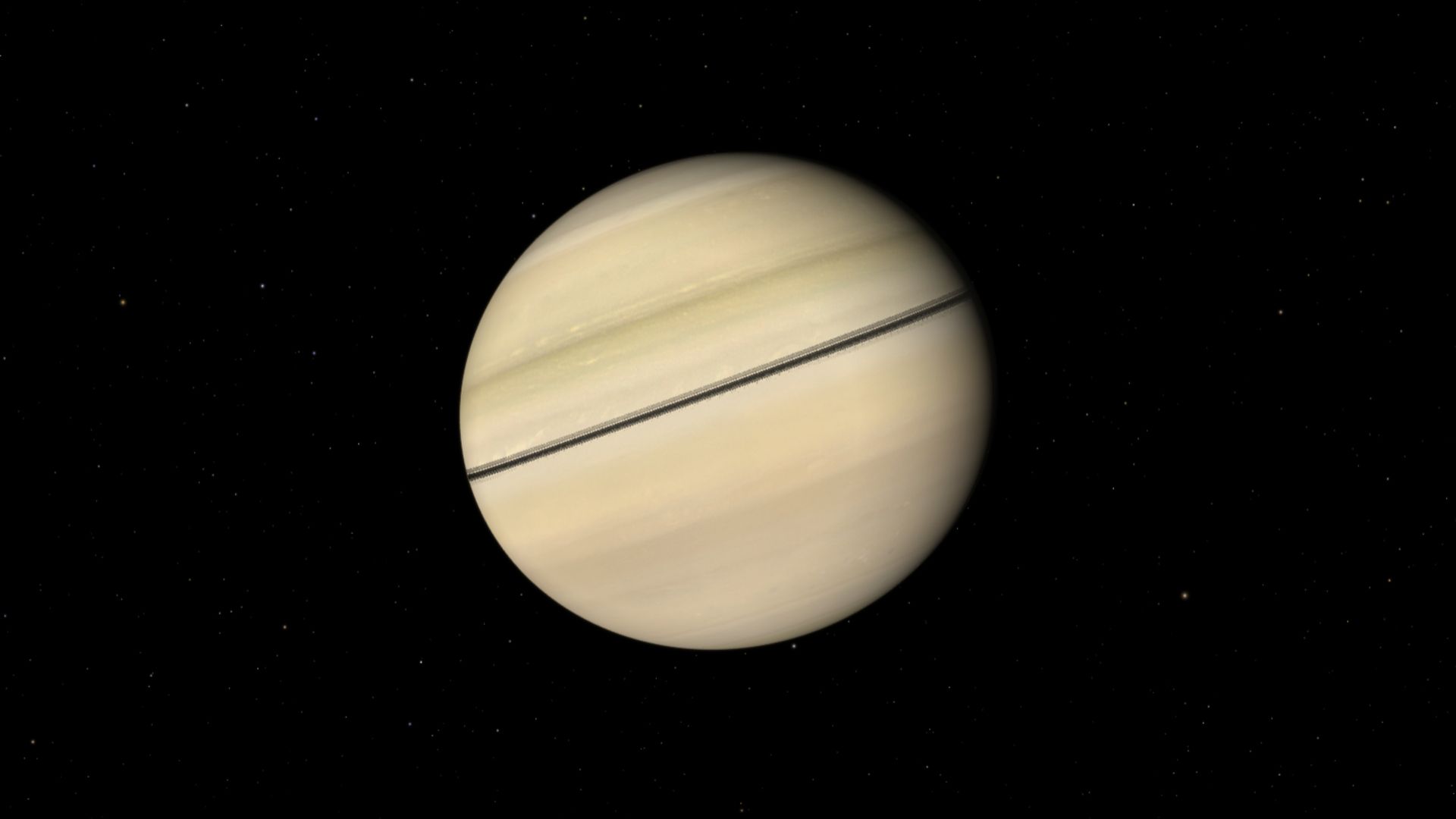Now Reading: Does the universe have extra dimensions hiding in plain sight?
-
01
Does the universe have extra dimensions hiding in plain sight?
Does the universe have extra dimensions hiding in plain sight?


In 1919, physicist Theodor Kaluza hypothesized that extra dimensions might solve some outstanding problems in physics. And while we haven’t found any evidence yet for anything outside our normal four-dimensional space-time, there are still plenty of intriguing options worth exploring.
One of the biggest puzzles facing modern physics is the “hierarchy problem.” Basically, the force of gravity is way too weak. It’s billions upon billions of times weaker than any of the other fundamental forces, and we have no idea why.
One weird possibility is that gravity gets to do something special that the other forces don’t. Perhaps there are more dimensions than our familiar space-time — all of the other forces are stuck to space-time, but gravity gets to spread out to extra dimensions. This would dilute gravity so much that it would make it appear weak in our normal everyday experience.
But this opens up a major question of its own: Where, exactly, are these extra dimensions? We don’t feel, sense or detect any extra freedoms of movement. The only answer is that the extra dimensions must be curled up on each other at scales so small that we don’t notice them. When we move around in the universe, we’re actually circumnavigating all of those curled-up dimensions trillions of times over with even the smallest of movements. We don’t notice, and life proceeds as normal.
String theorists have long used the ideas of extra dimensions to make their theory work. But the ability to explain the weakness of gravity uses the same fundamental concept, without dragging string theory along for the ride. To make gravity as weak as it is, the extra dimensions must be roughly one-tenth of a millimeter across, which is absolutely huge when it comes to subatomic processes. And the only reason we haven’t noticed such large extra dimensions is that only gravity gets to experience them.
Surprisingly, there are ways to peer into hidden dimensions without having to access them directly. Imagine rolling up a tube of paper really tightly and then sending a massless particle, like a photon, down the edge of the tube. That particle will travel lengthwise, but it will also go around the circumference of the tube.
If you look at the tube from far enough away, you won’t be able to see its curled-up dimension. You will see the photon making its way down, but because some of its motion will be in a dimension we can’t see, it will appear to move more slowly than light. But particles that are slower than light have mass, which means if photons could access extra dimensions, they wouldn’t be massless at all.
We strongly suspect that gravity is carried by massless particles called gravitons. Those gravitons would travel at the speed of light, but if they could access extra dimensions, they would instead appear massive. And because of the weird rules of quantum mechanics and the wave nature of particles, we would actually see an infinite variety of graviton masses.
So the key to unlocking extra dimensions is to run high-energy particle collider experiments and see if any massive graviton-like particles pop up.
But despite physicists’ searches, we haven’t found any. This doesn’t rule out extra dimensions, but it does make the idea unappealing. To fit within current observational constraints, the extra dimensions have to be really, really tiny — far tinier than needed to explain the weakness of gravity.
But there may be a way. In 1999, physicists Lisa Randall and Raman Sundrum extended the idea of extra dimensions. Instead of making them flat, Randall and Sundrum allowed the extra dimensions to have curvature. This flexibility allows for the dimensions to be big enough to explain why gravity is weak, but it makes the gravitons undetectable to current particle colliders.
This is good news and bad news; it allows the whole extra-dimensions shtick to solve the hierarchy problem while evading current experimental constraints.
So while it’s a cool idea, it’s currently not supported by any evidence. But it’s still fun to imagine extra dimensions to the universe hidden in plain sight.
Stay Informed With the Latest & Most Important News
Previous Post
Next Post
-
 01From Polymerization-Enabled Folding and Assembly to Chemical Evolution: Key Processes for Emergence of Functional Polymers in the Origin of Life
01From Polymerization-Enabled Folding and Assembly to Chemical Evolution: Key Processes for Emergence of Functional Polymers in the Origin of Life -
 02Panasonic Leica Summilux DG 15mm f/1.7 ASPH review
02Panasonic Leica Summilux DG 15mm f/1.7 ASPH review -
 03How New NASA, India Earth Satellite NISAR Will See Earth
03How New NASA, India Earth Satellite NISAR Will See Earth -
 04And Thus Begins A New Year For Life On Earth
04And Thus Begins A New Year For Life On Earth -
 05Astronomy Activation Ambassadors: A New Era
05Astronomy Activation Ambassadors: A New Era -
06SpaceX launch surge helps set new global launch record in 2024
-
 07Two Black Holes Observed Circling Each Other for the First Time
07Two Black Holes Observed Circling Each Other for the First Time




















